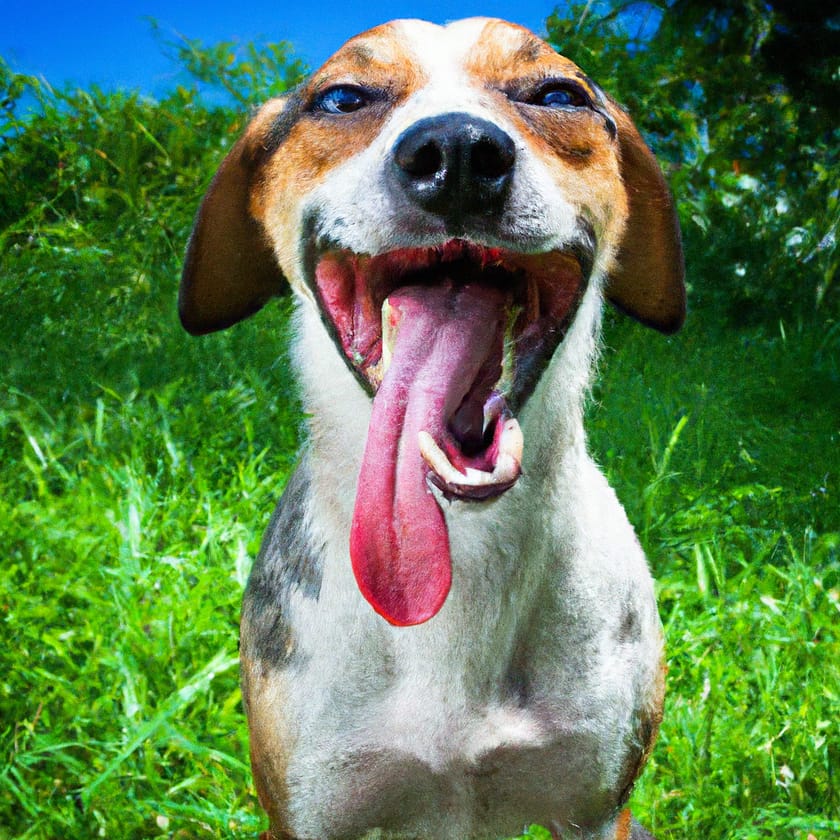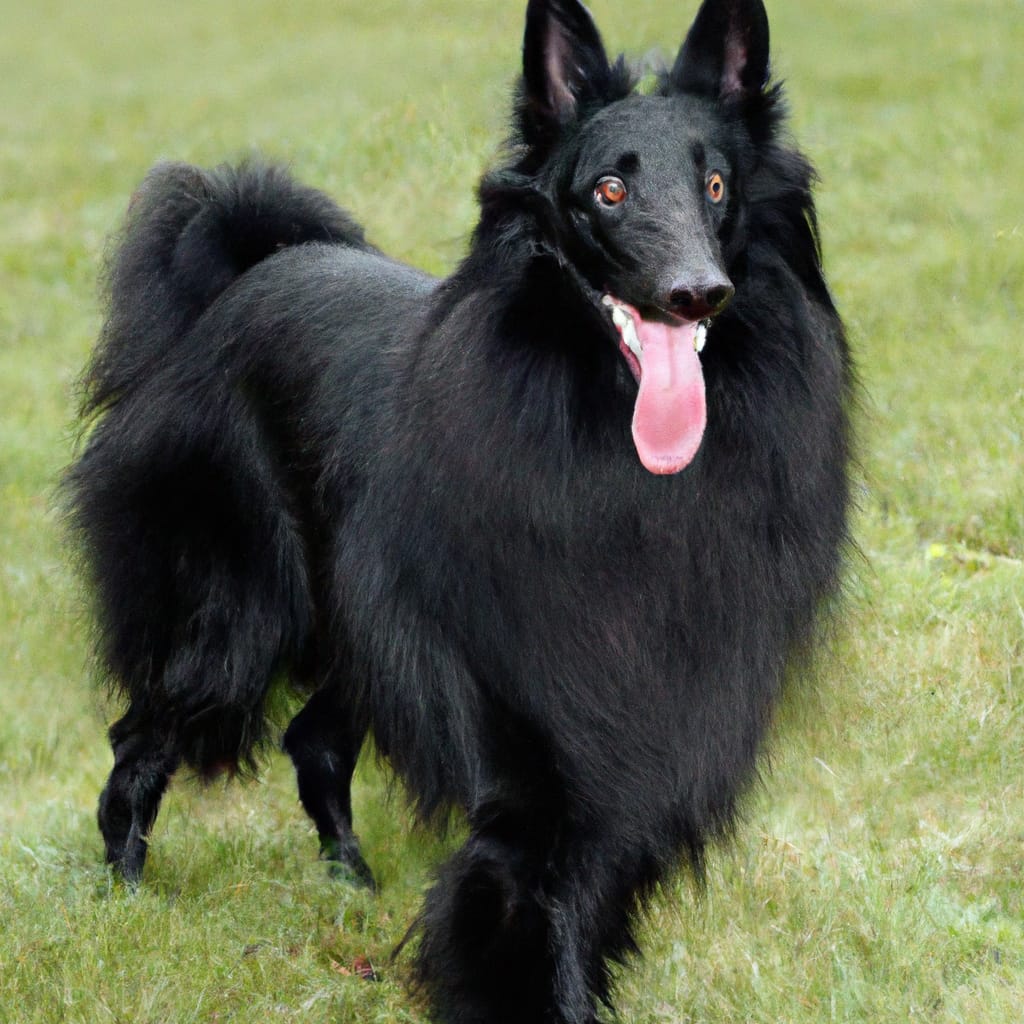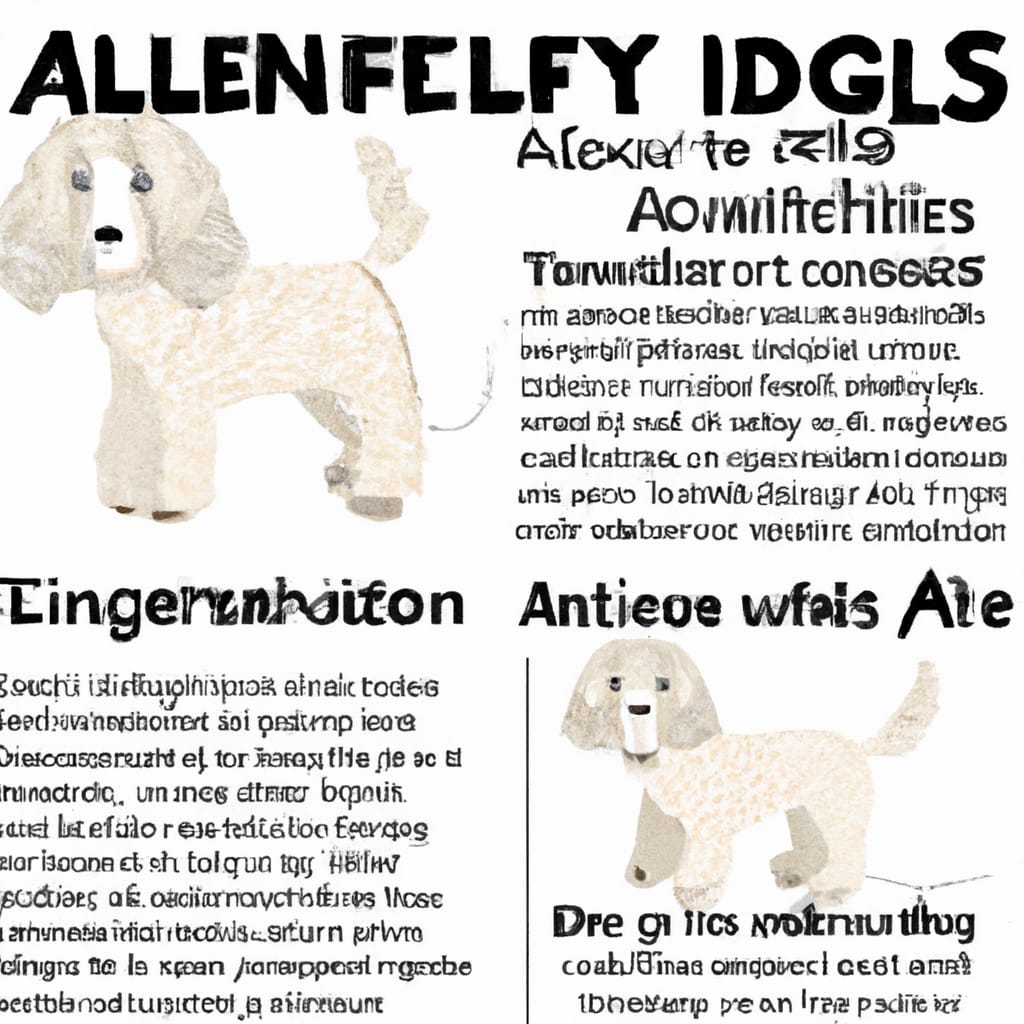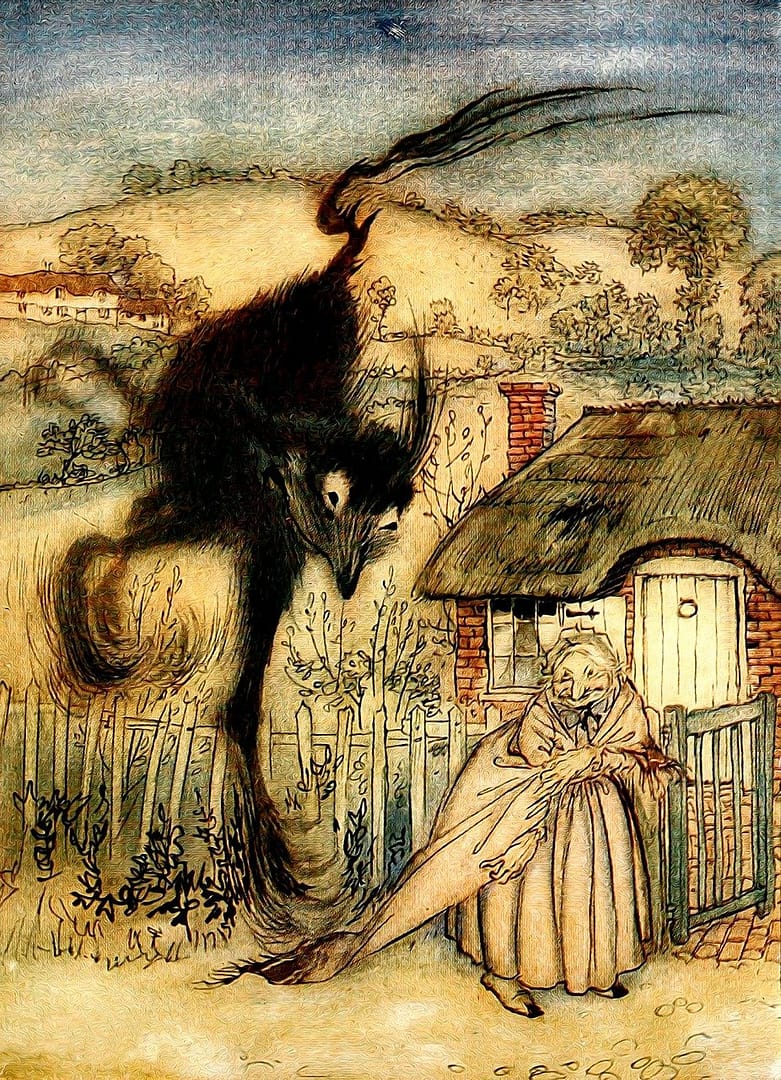Help, My Dog Won’t Stop Licking! What To Do About Hot Spots
If you’re dealing with a dog that won’t stop licking, you’re not alone! Many dog owners face this frustrating issue, but the good news is that there are solutions. One common cause for excessive licking is hot spots, irritating areas on your furry friend’s skin. In this article, we’ll explore what hot spots are, why dogs develop them, and most importantly, what you can do to provide your pup with some much-needed relief. So, grab a treat for your four-legged companion and get ready to learn how to tackle those pesky hot spots!
Understanding Hot Spots
What are hot spots?
Hot spots, also known as acute moist dermatitis, are a common skin condition in dogs. They are essentially areas of inflamed and infected skin that can be quite painful for your furry friend. Hot spots typically appear as red, moist, and often hairless patches on your dog’s skin. These patches are usually warm to the touch and may have a foul odor. If left untreated, hot spots can quickly spread and worsen, causing even more discomfort for your canine companion.
Causes of hot spots
Hot spots can be caused by a variety of factors, including allergies, insect bites, poor grooming habits, and underlying skin infections. Allergens such as pollen, dust mites, or certain foods can trigger an allergic reaction in your dog, leading to hot spot formation. Additionally, flea bites or other insect irritations can cause your pup to scratch or bite at a particular area, creating a hot spot. Poor grooming practices, such as matted fur or excessive moisture on the skin, can also contribute to hot spots. It’s important to identify and address the underlying cause in order to effectively treat and prevent hot spots.
Signs and symptoms
It’s crucial to recognize the signs and symptoms of hot spots in order to seek proper treatment for your furry friend. The most apparent sign is a red and irritated patch of skin, typically found on the neck, head, or paws. Your dog may also display signs of pain, such as excessive scratching, licking, or biting at the affected area. Hot spots can quickly worsen due to your dog’s incessant scratching and biting, leading to the formation of open sores or scabs. If you notice any of these symptoms, it’s time to consult a veterinarian for a proper diagnosis and treatment plan.
Seeking Veterinary Advice
When should you consult a vet?
While minor hot spots can sometimes be treated at home, it’s important to know when it’s time to seek professional help. If your dog’s hot spot is large, rapidly spreading, or accompanied by signs of fever, lethargy, or loss of appetite, consulting a veterinarian is crucial. Additionally, if your dog has a history of recurring hot spots or if home remedies have proven ineffective, it’s best to have a vet assess the situation. They will be able to determine the underlying cause of the hot spot and provide appropriate medical treatment.
What will the vet do?
When you bring your dog to the vet for a hot spot, they will first examine the affected area to assess the severity and determine if any secondary infections are present. They may perform a skin scrape to rule out other possible skin conditions and take a sample for laboratory analysis if necessary. Once the vet has identified the cause of the hot spot, they will recommend a course of treatment. This may include topical or oral medications, such as antibiotics or anti-inflammatory drugs, to reduce inflammation and promote healing. In some cases, your vet may also recommend additional tests or treatments to address any underlying conditions contributing to the hot spot.
Medical treatments for hot spots
Medical treatments for hot spots typically aim to alleviate inflammation, prevent infection, and promote healing. Your vet may prescribe topical medications, such as antimicrobial sprays or creams, to clean and treat the affected area. Oral antibiotics may also be prescribed to combat any bacterial infections. In more severe cases, corticosteroids or other anti-inflammatory drugs may be necessary to reduce swelling and pain. Depending on the underlying cause, your vet may also recommend allergy testing or antihistamines to manage allergies. It’s important to follow your vet’s instructions carefully and complete the full course of treatment to ensure the hot spot heals properly.
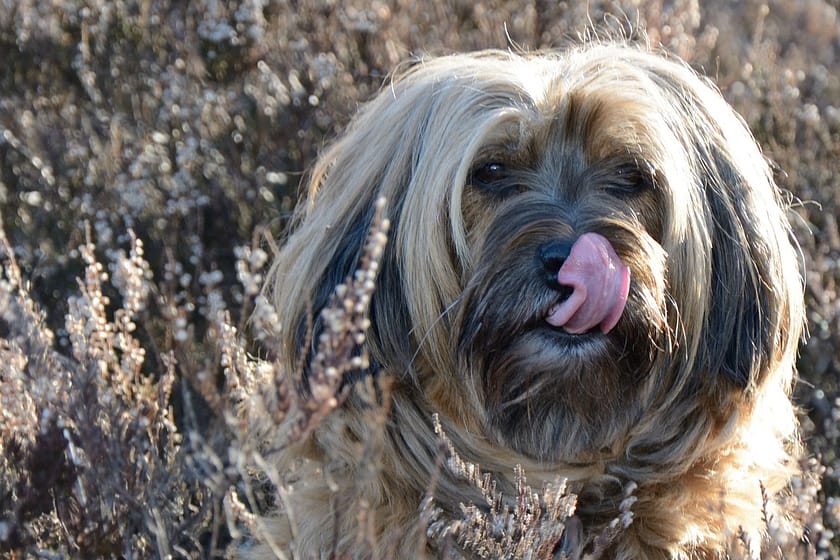
Preventing Hot Spots
Maintaining proper hygiene
One of the key factors in preventing hot spots is maintaining proper hygiene for your furry friend. Regularly bathing your dog using a gentle, dog-specific shampoo can help keep their skin clean and free from any irritants or allergens. Be sure to dry your dog thoroughly after bathing, as damp fur can provide a breeding ground for bacteria. Additionally, keep your dog’s bedding clean and wash it regularly to prevent the accumulation of allergens or moisture that could contribute to hot spots.
Regular grooming
Regular grooming not only helps your dog look and smell their best, but it also plays a vital role in preventing hot spots. Brushing your dog’s coat regularly can help remove loose fur and prevent matting, which can trap moisture and lead to hot spot formation. If your dog has long hair, consider trimming it shorter in areas prone to hot spots, such as around the ears or under the neck. This will help keep those areas well-ventilated and reduce the risk of hot spot development.
Avoiding trigger factors
Identifying and avoiding trigger factors that could lead to hot spots is also essential in preventing their occurrence. If your dog has known allergies, try to limit their exposure to allergens by keeping them indoors during peak pollen seasons or switching to hypoallergenic bedding and cleaning products. Additionally, regularly checking your dog for fleas and ticks and using appropriate preventive measures can help reduce the risk of hot spots caused by insect bites. Taking these proactive steps can significantly minimize the chances of your dog developing hot spots.
At-Home Remedies
Identifying the underlying cause
Before applying any at-home remedies to your dog’s hot spot, it’s crucial to identify and address the underlying cause. As mentioned earlier, hot spots can be caused by allergies, poor grooming practices, or underlying infections. If you suspect allergies, try to identify and eliminate potential allergens from your dog’s environment or diet. If poor grooming is the culprit, make sure to keep your dog’s fur clean and mat-free. If you suspect an infection, it’s best to consult a vet for an accurate diagnosis and appropriate treatment.
Clean and dry the affected area
Once you have identified and addressed the underlying cause, it’s important to clean and dry the affected area before applying any at-home remedies. Gently clean the hot spot with a mild, pet-specific antiseptic solution or a saline solution to remove any debris or bacteria. Be careful not to use any harsh or abrasive substances that could further irritate the skin. After cleaning, pat the area dry with a clean towel or allow it to air dry. Keeping the hot spot clean and dry is crucial for proper healing and preventing further infection.
Natural remedies to soothe hot spots
There are several natural remedies that can help soothe your dog’s hot spots and promote healing. Aloe vera gel, known for its anti-inflammatory properties, can be applied topically to reduce redness and itching. Witch hazel, a natural astringent, can also help alleviate inflammation and itching. Chamomile tea bags steeped in cool water can be used as a compress to soothe the hot spot and provide relief. Additionally, coconut oil can be applied topically to moisturize the skin and promote healing. However, it’s important to note that these remedies should only be used in mild cases and in consultation with your vet.
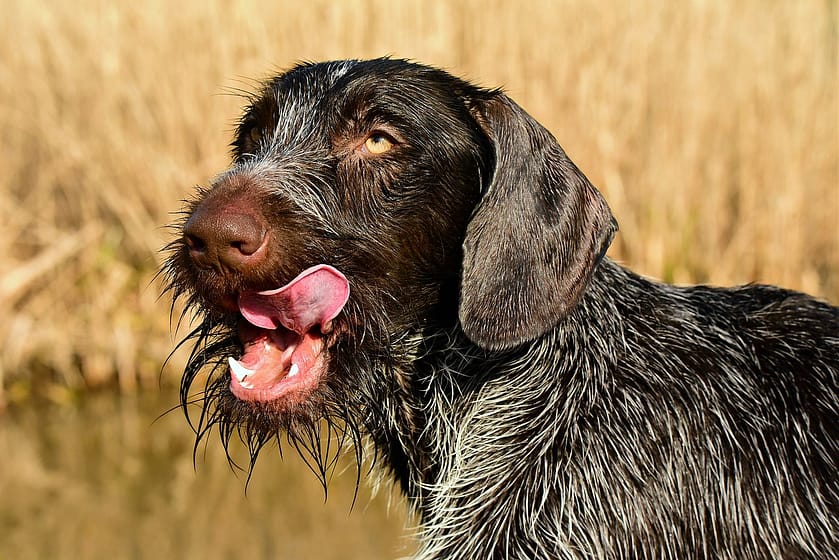
Using a Protective Collar
Types of protective collars
Protective collars, also known as Elizabethan collars or E-collars, are commonly used to prevent dogs from licking or biting at their hot spots. There are different types of protective collars available, including the traditional plastic cone-shaped collars, inflatable collars, and soft fabric alternative collars. The plastic cone-shaped collars are the most common and effective type, as they prevent your dog from reaching their hot spot while still allowing them to eat, drink, and move around comfortably.
How to use a protective collar effectively
To effectively use a protective collar, it’s important to first ensure the correct size and fit for your dog. The collar should be long enough to prevent your dog from reaching their hot spot but not too long to restrict their movement. It’s essential to follow the manufacturer’s instructions for proper assembly and adjustment of the collar. Introduce the collar to your dog gradually, allowing them to get used to it before they wear it for an extended period. It’s normal for your dog to feel a bit uncomfortable initially, but most dogs adjust to wearing the collar within a few days.
Limitations of protective collars
While protective collars can be effective in preventing your dog from further aggravating their hot spots through licking or biting, they do have some limitations. Dogs wearing protective collars may have difficulty eating or drinking, as the collar can get in the way of their food and water bowls. It’s important to monitor your dog closely during mealtimes and adjust the collar if necessary to ensure they can eat and drink comfortably. Additionally, protective collars may restrict your dog’s peripheral vision and make it more challenging for them to navigate their surroundings. Be mindful of any potential hazards in your home and provide extra supervision when your dog is wearing a protective collar.
Dietary Changes
Food sensitivities and allergies
Food sensitivities and allergies can contribute to the development of hot spots in dogs. If your dog is experiencing recurrent hot spots, it may be worth considering a dietary change. Certain ingredients commonly found in dog food, such as grains, beef, chicken, or dairy products, can trigger allergic reactions in some dogs, leading to hot spot formation. Keeping a food diary and identifying potential trigger ingredients can help you narrow down the culprit. However, it’s important to consult a veterinarian before making any significant dietary changes to ensure your dog’s nutritional needs are being met.
Switching to a hypoallergenic diet
If you suspect food allergies or sensitivities are contributing to your dog’s hot spots, your vet may recommend switching to a hypoallergenic diet. Hypoallergenic diets often contain novel protein sources, such as venison or duck, and limited ingredients to minimize the risk of triggering an allergic reaction. These diets are designed to be easily digestible and less likely to cause immune system responses. Your vet will guide you on the appropriate hypoallergenic diet for your dog, taking into consideration their specific needs and any underlying medical conditions.
Supplements for skin health
Supplements can be a valuable addition to your dog’s diet to help promote skin health and reduce the risk of hot spots. Omega-3 fatty acids, such as those derived from fish oil, have anti-inflammatory properties and can help improve the overall condition of your dog’s skin. Adding a well-balanced omega-3 supplement to your dog’s diet can help strengthen the skin’s barrier function and reduce inflammation, potentially minimizing the occurrence of hot spots. Always consult your vet before introducing any supplements to ensure they are appropriate for your dog’s individual needs.
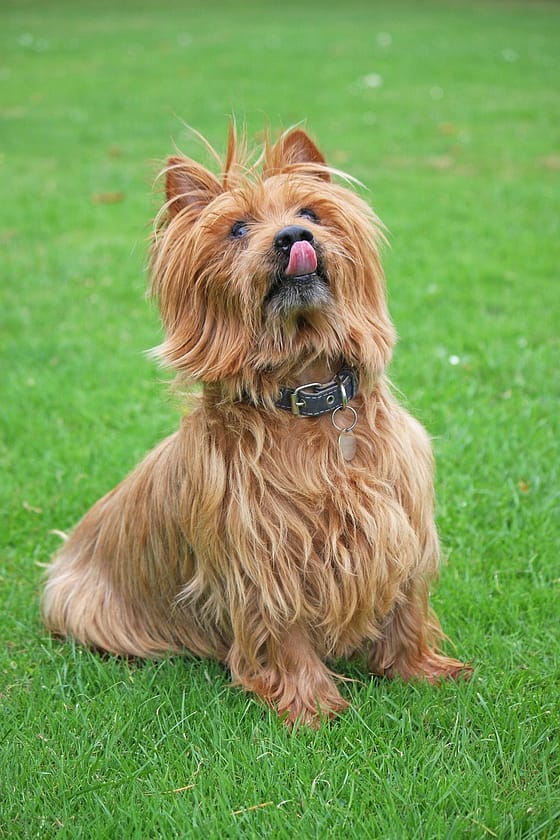
Environmental Modifications
Reduce exposure to allergens
If your dog has known allergies that contribute to hot spot development, reducing their exposure to allergens can be beneficial. Keep your dog indoors during peak pollen seasons or on days with high allergen counts. Use air purifiers or filters in your home to remove irritants and allergens from the air. Regularly vacuum and dust your home to minimize the presence of dust mites. Additionally, if your dog is sensitive to certain cleaning products or detergents, switch to pet-friendly and hypoallergenic alternatives to minimize skin irritation.
Maintaining a clean living environment
Maintaining a clean living environment is essential in preventing hot spots and promoting overall skin health for your dog. Regularly clean and wash your dog’s bedding to remove any accumulated allergens, dirt, or bacteria. Keep your home clean and free from excessive moisture, as damp environments can contribute to hot spot formation. Vacuum regularly to remove loose pet hair and dust. Providing a clean and hygienic living environment for your dog can significantly reduce the risk of hot spots and contribute to their overall well-being.
Controlling humidity levels
Controlling humidity levels in your home is particularly important if your dog is prone to hot spots. High humidity can increase the likelihood of bacterial or fungal growth on your dog’s skin, leading to hot spot development. Use dehumidifiers in humid areas of your home to reduce moisture levels. Ensure proper ventilation in rooms where your dog spends most of their time. If you live in a particularly humid climate, keeping your dog’s coat trimmed shorter can also help reduce moisture retention and minimize the risk of hot spots.
Behavioral Training
Breaking the licking habit
Dogs often develop hot spots due to excessive licking and biting at a particular area. Behavioral training can help break this habit and prevent further hot spot formation. Redirect your dog’s attention whenever you catch them licking or biting at their hot spot. Offer them a chew toy, engage them in play, or provide mental stimulation to distract them from their irritated skin. Consistency is key, so be patient and persistent with the training. If necessary, consult a professional dog trainer or animal behaviorist for additional guidance.
Distraction techniques
In addition to redirecting your dog’s attention from their hot spot, you can also utilize distraction techniques to prevent them from obsessing over it. Puzzle toys, treat-dispensing toys, or interactive games can provide mental stimulation and keep your dog engaged. Regular exercise and outdoor activities can also help keep your dog’s mind off their hot spot. By keeping your dog mentally and physically stimulated, you can reduce the likelihood of them focusing on their irritated skin.
Positive reinforcement
Positive reinforcement can be a powerful tool in preventing hot spots and promoting desirable behaviors in your dog. Whenever you catch your dog leaving their hot spot alone or engaging in other activities, reward them with praise, treats, or affection. This positive reinforcement will help reinforce the idea that leaving their hot spot alone is a desirable behavior. Be consistent with rewards and praise, and gradually increase the duration of time your dog needs to leave the hot spot untouched before receiving a reward. With time and positive reinforcement, your dog can learn to break the habit of licking or biting at their hot spot.
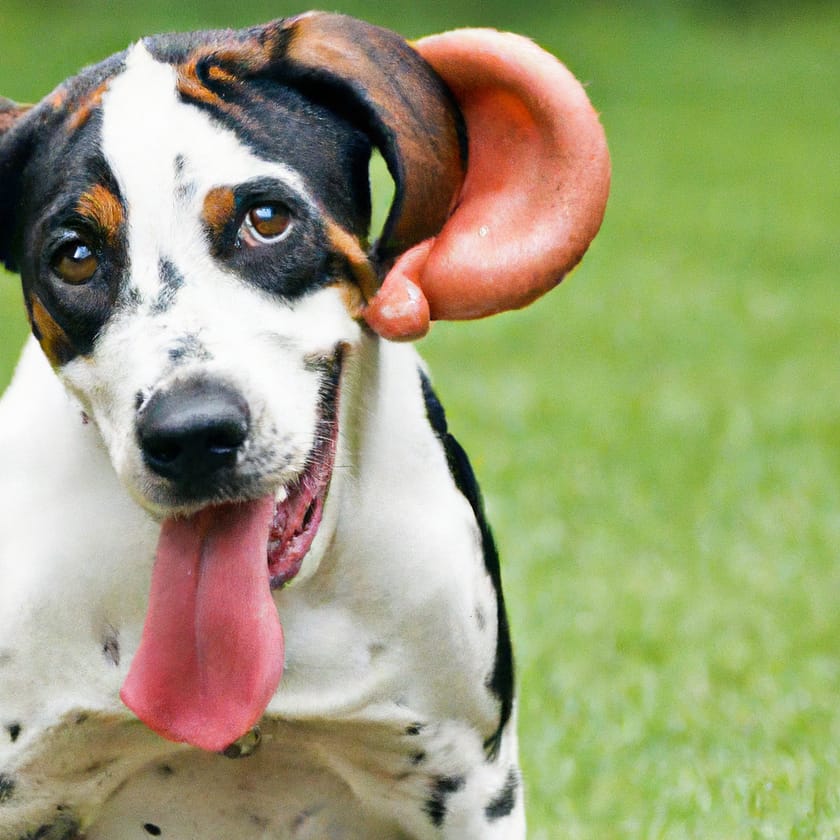
Treating Underlying Conditions
Identifying and treating allergies
If allergies are the underlying cause of your dog’s hot spots, it’s essential to identify and address them to effectively prevent future occurrences. Your vet may recommend allergy testing to determine the specific allergens triggering your dog’s reactions. Once the allergens are identified, allergen-specific immunotherapy (allergy shots) or medication may be prescribed to desensitize your dog’s immune system. Avoidance strategies, such as minimizing exposure to allergens, can also help prevent allergic reactions and subsequent hot spots. Regular communication with your vet will ensure the most suitable treatment plan for your dog’s specific allergies.
Managing anxiety or stress
Anxiety or stress can contribute to hot spot development in dogs. Identifying and addressing the underlying causes of anxiety or stress can help prevent hot spots from occurring. If certain situations or events trigger your dog’s anxiety, gradual desensitization and counterconditioning techniques can be beneficial. In some cases, your vet may suggest the use of anti-anxiety medications or natural supplements to help alleviate your dog’s anxiety. Creating a calm and secure environment for your dog can significantly reduce the risk of hot spots caused by stress.
Medical conditions that contribute to hot spots
Certain medical conditions can increase the likelihood of hot spot development in dogs. These conditions include hormonal imbalances, parasitic infestations, and compromised immune systems. Treating and managing these underlying medical conditions is essential in preventing recurrent hot spots. Work closely with your veterinarian to diagnose and treat any existing medical conditions that may be contributing to hot spots in your dog. By addressing these underlying issues, you can reduce the frequency and severity of hot spots.
When in Doubt, Consult a Professional
When home remedies fail
While home remedies can be effective in mild cases and as preventive measures, there are instances when professional advice is necessary. If your dog’s hot spot does not improve or worsens despite your best efforts and the application of at-home remedies, it’s time to consult a veterinarian. They will be able to assess the situation, provide a proper diagnosis, and offer additional treatment options. It’s always better to err on the side of caution, especially when it comes to your pet’s health and well-being.
The importance of professional advice
Seeking professional advice is crucial when dealing with hot spots due to the potential complications they can cause. Your vet has the knowledge and expertise to accurately diagnose the underlying cause of the hot spot and determine the most appropriate course of treatment. They can also provide guidance on preventive measures to minimize the risk of future hot spots. By consulting a professional, you can ensure that your dog receives the best possible care and that their hot spot is effectively treated.
When hot spots become severe or infected
Hot spots can quickly escalate into more severe conditions if left untreated or improperly managed. If your dog’s hot spot becomes larger, more inflamed, or appears to be infected with pus or a foul odor, it’s important to seek immediate veterinary attention. Severe hot spots may require more intensive medical treatment, such as additional medications or wound care. Your vet can provide the necessary care and guidance to prevent complications and ensure your dog’s hot spot heals properly.
In conclusion, hot spots can be a frustrating and uncomfortable condition for your dog. Understanding their causes, recognizing the signs and symptoms, and seeking veterinary advice when necessary are all essential in effectively managing hot spots. By taking preventive measures, such as maintaining proper hygiene, regular grooming, and avoiding trigger factors, you can greatly reduce the risk of hot spot formation. At-home remedies, such as identifying the underlying cause, cleaning and drying the affected area, and using natural soothing remedies, can provide relief and aid in healing. Additional measures, such as the use of protective collars, dietary changes, environmental modifications, behavioral training, and treatment of underlying conditions, can further contribute to preventing hot spots. Remember, when in doubt, always consult a professional to ensure your dog receives proper care and treatment for their hot spots.
